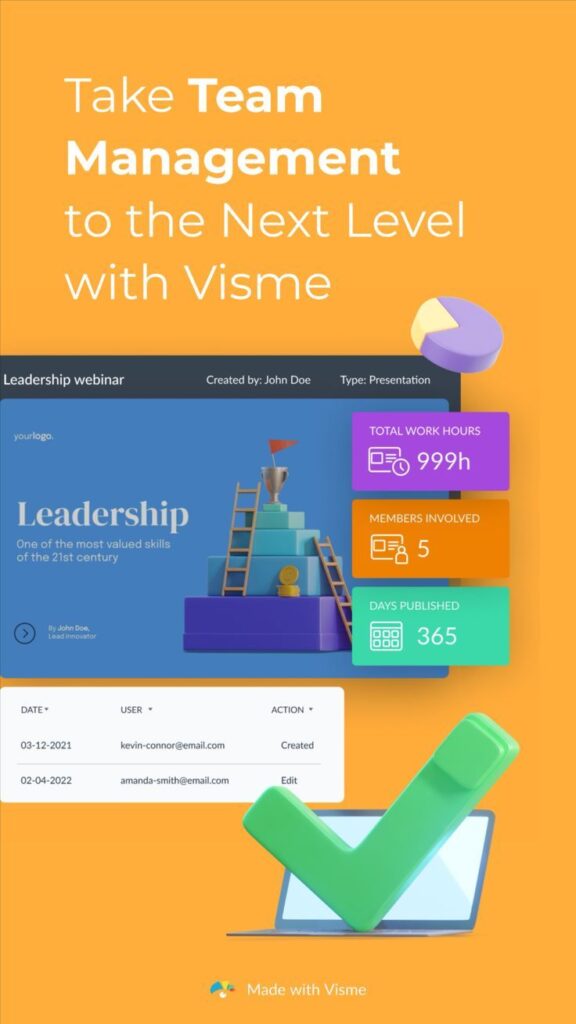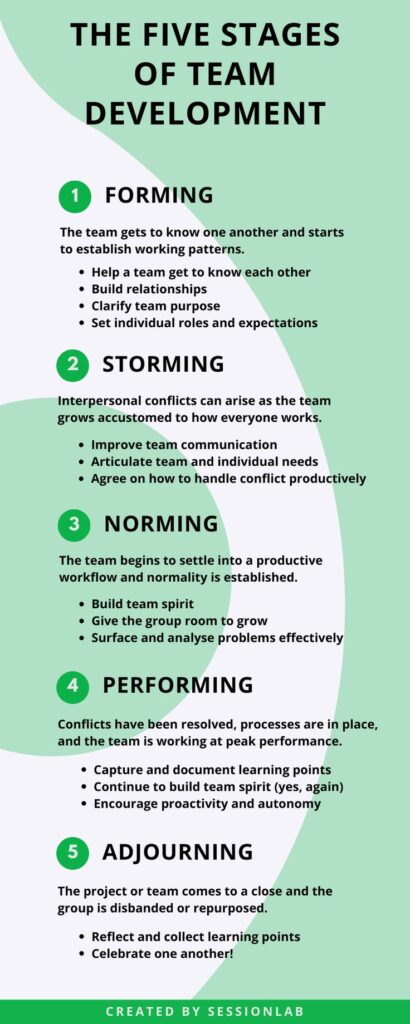What exactly is Remote Management?
1. Remote management is the process of overseeing a team of employees who are not physically present in the same location as the manager. This can be done through a variety of tools and technologies, such as video conferencing, instant messaging, and project management software.
2. Remote management is becoming increasingly common as more and more businesses adopt remote work arrangements. In fact, a recent study found that 77% of businesses now have at least one remote employee.
Examples of remote management
Software development: Software development teams are often remote, as developers can work from anywhere with a computer and an internet connection. This allows companies to hire developers from all over the world and to build teams with the skills and expertise they need.
Examples of Software Development
- Web development: Creating and maintaining websites and web applications.
- Desktop development: Creating and maintaining software applications that run on desktop computers.
- Desktop development: Creating and maintaining software applications that run on desktop computers.
- Embedded systems development: Creating and maintaining software applications that run on embedded systems, such as microcontrollers and microprocessors.
- Enterprise software development: Creating and maintaining software applications that are used by businesses and organizations.
Customer service: Customer service teams are also often remote, as customer service representatives can provide support to customers from anywhere. This allows companies to provide 24/7 support to customers around the world.
examples of customer service
1. Greeting customers warmly and welcoming them to your store or business.

2.Being helpful and assisting customers with their needs, such as finding the products they are looking for or helping them to make a purchase.
3.Going the extra mile to make sure that customers have a positive experience, such as ofering to help them carry their groceries to their car or wrapping their purchase as a gift.

For example: –
1. A customer service representative at a restaurant notices that a customer’s child has spilled their drink all over themselves. The representative immediately brings the child a new drink and a towel, and even helps them to clean up.
2.A customer service representative at a retail store notices that a customer is struggling to carry their bags to their car. The representative o ers to help them carry the bags, and even loads them into the car for them.
3. A customer service representative at a hotel notices that a customer is celebrating their birthday. The representative leaves a surprise birthday cake in the customer’s room, along with a handwritten note wishing them a happy birthday.
Sales: Sales teams can also be remote, as sales representatives can sell products and services to customers over the phone, email, or video conferencing. This allows companies to reach a wider range of customers and to save money on travel costs.
Tools
What is Remote Management tools?
Remote management is the term for managing IT systems out of the building or on-site premises. IT professionals such as managed service providers (MSPs) or in-house IT employees use a collection of information technology tools. These tools are installed to client workstations and servers.
Which tools are most commonly used ?
Remote Server Administration Tools includes Server Manager, Microsoft Management Console (mmc) snap-ins, consoles, Windows PowerShell cmdlets and providers, and some command-line tools for managing roles and features that run on Windows Server.
Here are a few examples of commonly used remote access tools:
TeamViewer, AnyDesk, LogMeIn.
Remote management tools: –
TeamViewer

Slack

AnyDesk

Trello

Challenges
What challenges of remote management?
The two of the most challenges faced in remote management are
Communication and collaboration challenges and Trust and accountability challenges
Communication and collaboration challenges
Remote management can make it difficultto communicate and collaborate effectively with employees.
Like: –
Time zones and language barriers: If employees are located in di erent time zones or speak di erent languages, it can be di cult to schedule meetings and collaborate on projects.
Lack of face-to-face communication: Face-to-face communication is essential for building trust and rapport, and it can be di cult to replicate this communication online.
Technical difficulties: Technical difficulties, such as poor internet connection or video conferencing problems, can disrupt communication and collaboration.
Trust and accountability challenges
Remote management can also make it difficult to build and maintain trust with employees.
Like: –
Lack of visibility: It can be difficult to monitor employees’ work performance when they are not physically present in the office. Distractions: Employees may be more likely to be distracted when working from home.
Social isolation: Remote employees may feel isolated from their colleagues and the company culture.
What’s the solution for this?
There are a number of things that managers can do to overcome the challenges of remote management, such as:
Use the right tools and technologies: There are a number of tools and technologies that can help managers to communicate and collaborate effectively with remote employees, such as video conferencing software, project management tools, and instant messaging.
Establish clear expectations: Managers should set clear expectations for remote employees in terms of their work hours, productivity goals, and communication style.
Provide regular feedback: Managers should give remote employees regular feedback on their work performance. This will help them to stay on track and to improve their skills.
Foster collaboration: Managers should use tools and technologies that make it easy for remote team members to collaborate on projects. This could include project management software, video conferencing, and instant messaging.
Build trust: Managers should make an e ort to build trust with remote employees. This can be done by communicating regularly, being honest and transparent, and following through on their commitments.
Free Courses for Remote Management
Leading in a Remote Environment Professional Certificate:
This course from edX will teach you how to adapt as a leader and manage remotely, including building trust, setting expectations, and fostering collaboration.

How to Manage a Remote Team: This course from Coursera covers the basics of remote management, including communication, collaboration, and trust.

Remote Management for the Long Haul: This course from Lighthouse Lessons is designed to teach managers how to build and lead remote teams that are successful and sustainable over time.

Remote Team Management Training: This course from GBS Corporation covers a wide range of topics related to remote management, including communication, productivity, and team building.

Master Managing Virtual Teams: This course from the Remote-How Academy is designed to help managers develop the skills and knowledge they need to lead remote teams effectively.


